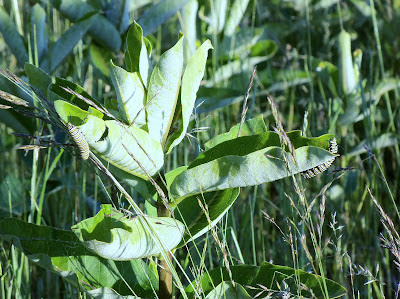A few days late, but better late than never.
The story of May was rain, or rather, the lack of rain. Total rainfall for the month was 1.10 inches. It would have been under an inch, but overnight on the 31st, we had 0.27 inches of rain, 0.11 inches of which fell before midnight. Just to give you some perspective, the average rainfall for May in Ann Arbor is 2.89 inches. The monthly average for July is 1.84 inches. For the year, we are at 7.53 inches of rain. In 2011 we had 6.77 inches of rain in May alone. 2012 had 7 days of rain, with 6 of those days having more than a tenth of an inch. The most rain recorded was 0.23 inches on May 26th.
The high temperature for the month was 91.8 degrees Fahrenheit while the lowest temperature was 37.8. Average temperature was 63.6. We had one day above 90 (28th, Memorial Day)
The highest wind speed was 28.0 mph, recorded on the 3rd. Average wind speed was 2.7 mph.
All the sun and lack of rain has made for good golf conditions. I do hope that we get some more rain, though. Maybe it can all come at night...









